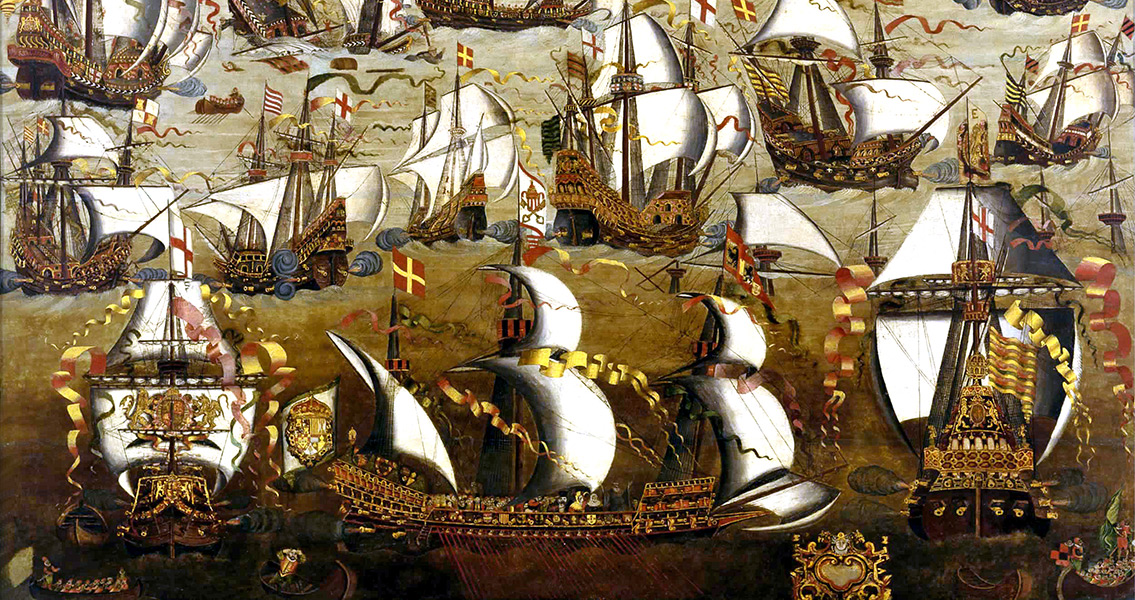<![CDATA[A cannonball from the Spanish Armada has been found on a beach in County Sligo. Dónal Gilroy, a local man and member of the Grange and Armada Development Association (GADA), found the cannonball whilst out walking on Streedagh strand. “We’ve had a number of items discovered recently because of the winter storms with them washing up then on the spring tides,” Mr Gilroy said. The cannonball is a little on the small side, only measuring about 80mm in diameter. It is most-likely made of granite and would have been used in a swivel cannon. Swivel guns were used as short-range anti-personnel weapons; they were not ship-sinking weapons due to their small calibre and short range, but their small size and wide arc of movement meant they were useful weapons onboard ships. It is possible that the cannonball comes from the armoury of a ship in the Spanish Armada. The Spanish Armada was a large fleet of 130 ships which set sail in August 1588. Its purpose was to escort an army from Flanders to invade England with the strategic aim of overthrowing Queen Elizabeth I and Protestantism, the major religion of England. It was thought that if successful, the invasion would have ended English interference in the Spanish Netherlands - comprising all of modern-day Belgium and Luxembourg, as well as parts of northern France and Germany - and halt English privateering. The invasion was unsuccessful partly due to poor management on the part of Philip II of Spain and partly due to the English, aided by their Dutch allies, defensive efforts. As the remaining fleet returned to Spain, a large portion of the Armada was disrupted by severe storms in the North Atlantic. Many ships were wrecked on the shores of Scotland and Ireland. Of the initial 130 ships to leave Spain, over a third did not return. Three ships - La Lavia, La Juliana, and Santa Maria de Vision - were wrecked in Donegal Bay, slightly north of Streedagh. It is thought that as many as 1,110 people died when the ships ran aground. Captain Francisco de Cuellar gives a remarkable account of the shipwreck and his experience of being on the run in Ireland. The cannonball will be examined by experts from the National Museum who can hopefully ascertain the importance of the find. If it proves of significant interest, it will be displayed for the general public. Until then, Mr Gilroy is hoping to increase interest in the sixteenth century and the Armada. "We'll be showing it around the schools and that kind of thing, try and drum up a little interest in the history of it." Image courtesy of Wikimedia Commons user: Themadchopper]]>
Spanish Armada Cannonball Found on Irish Beach
